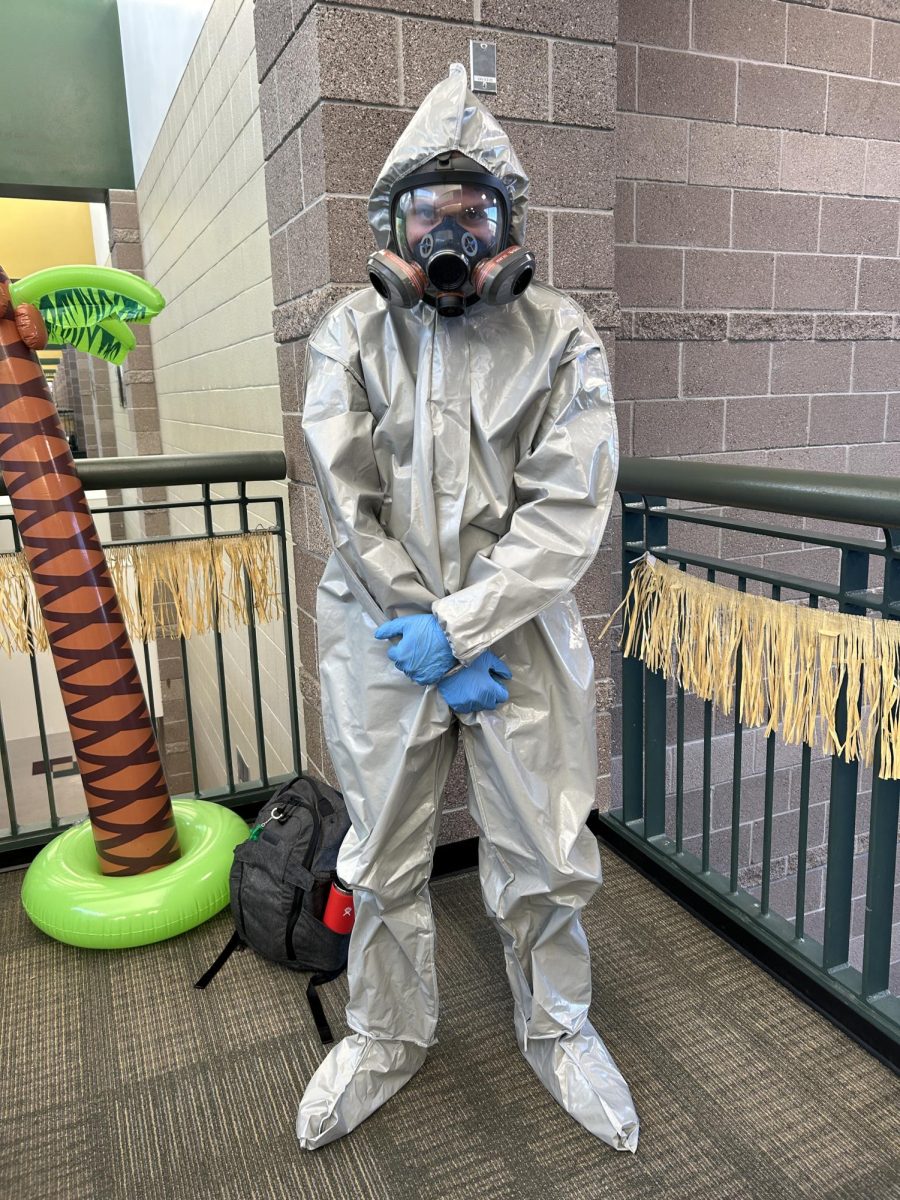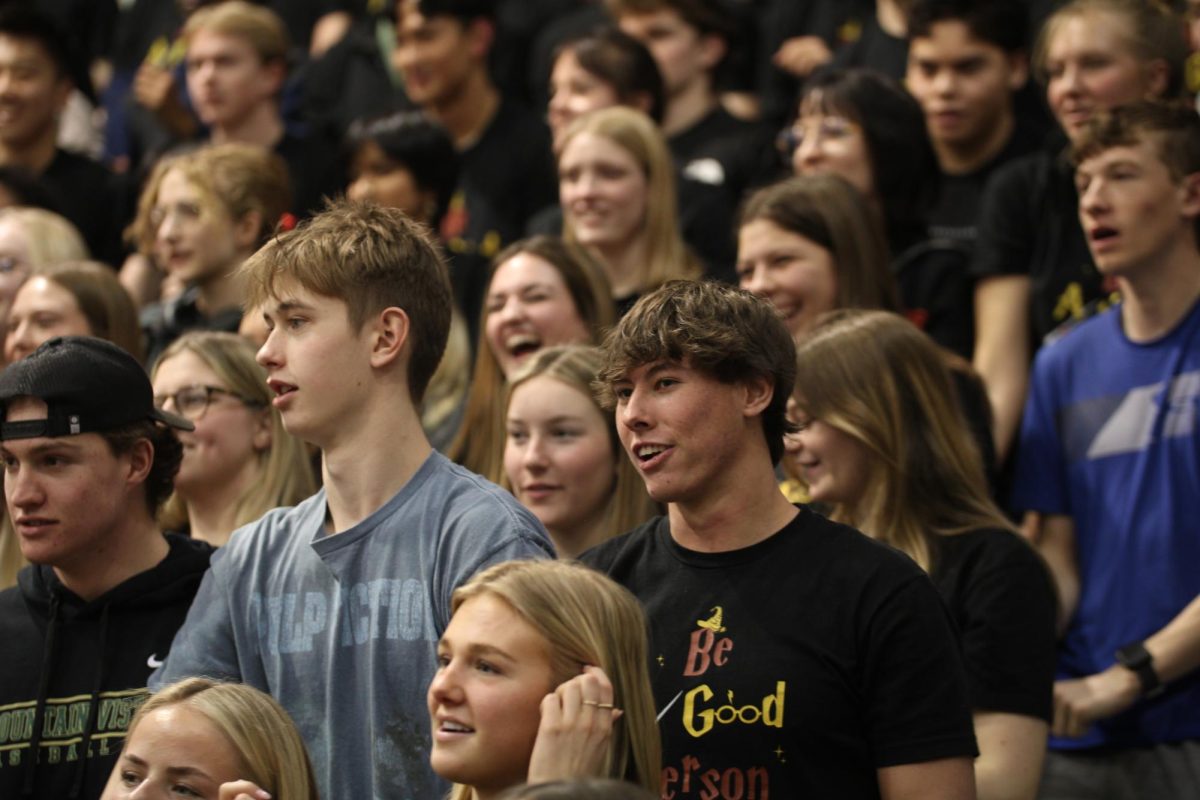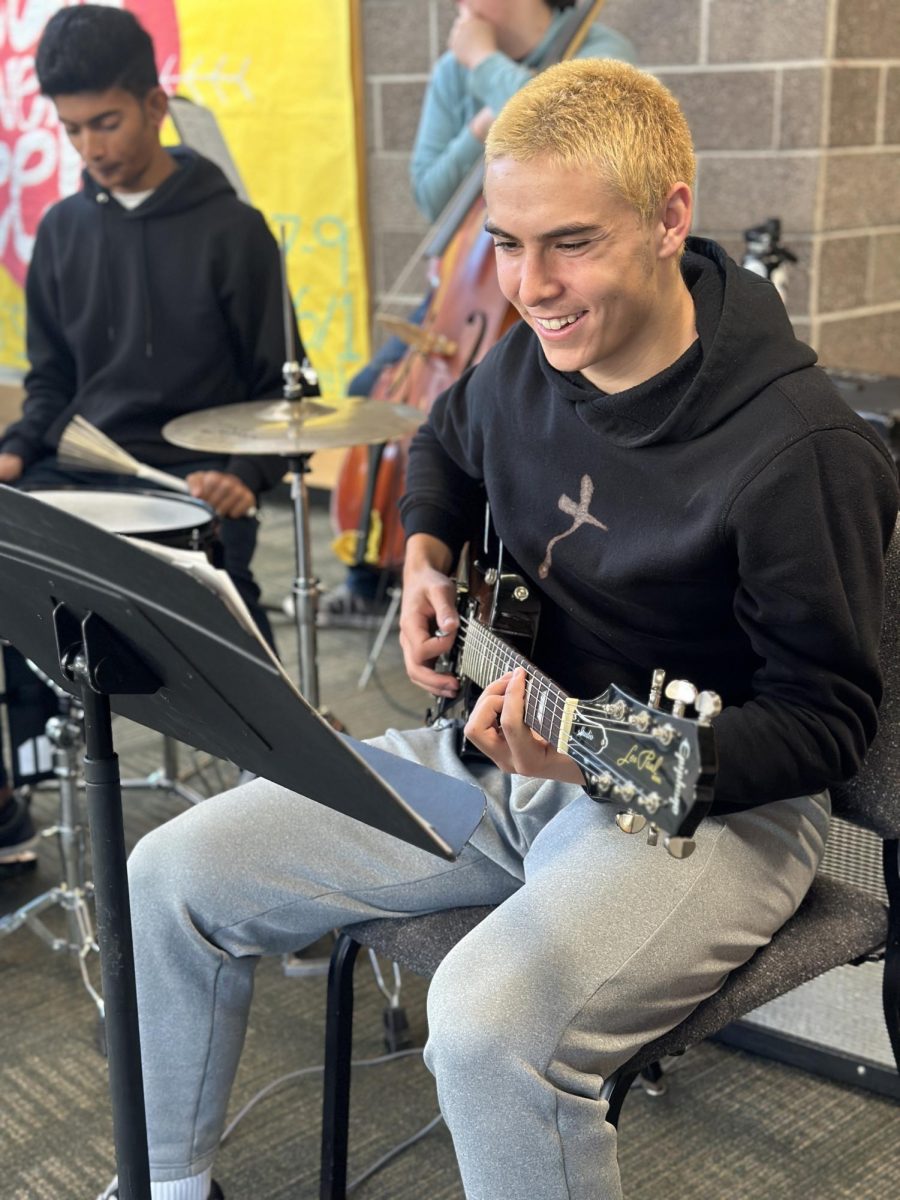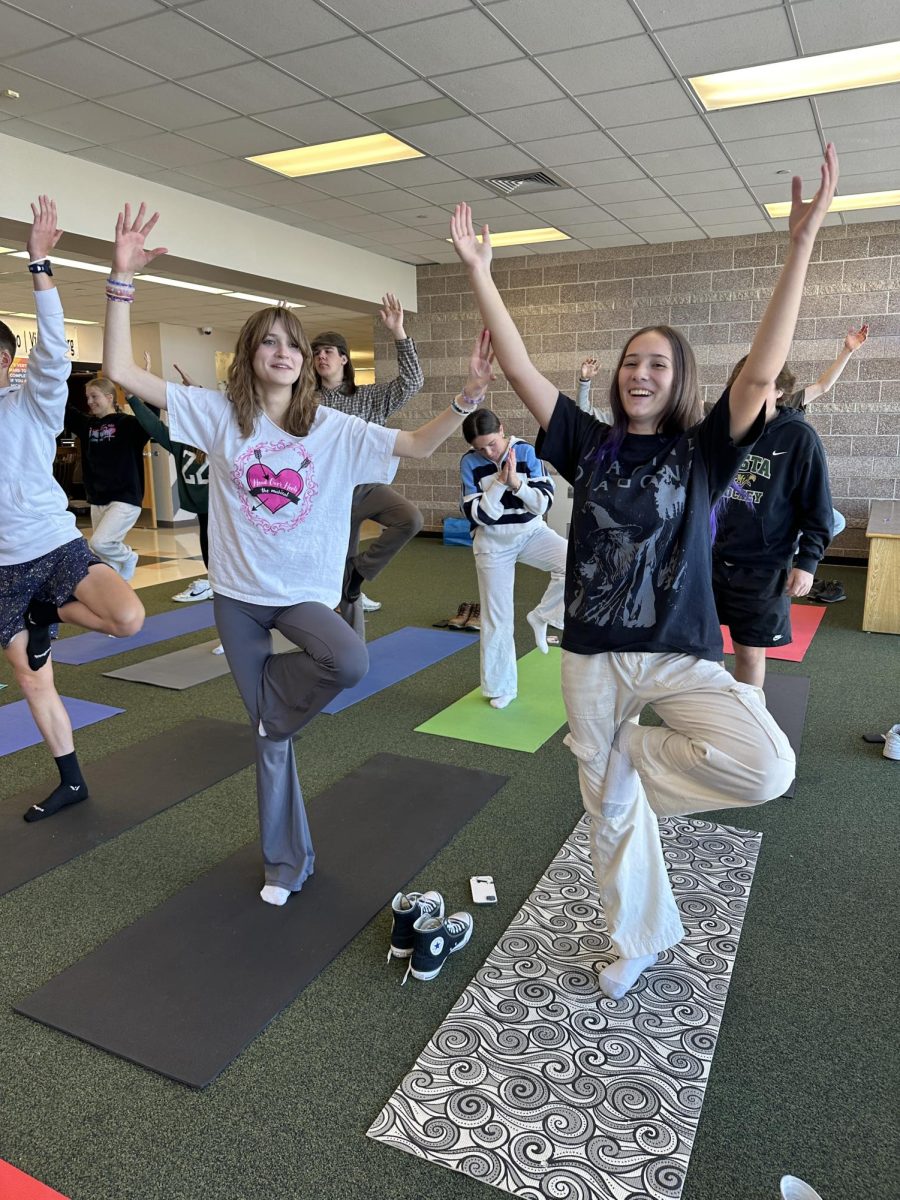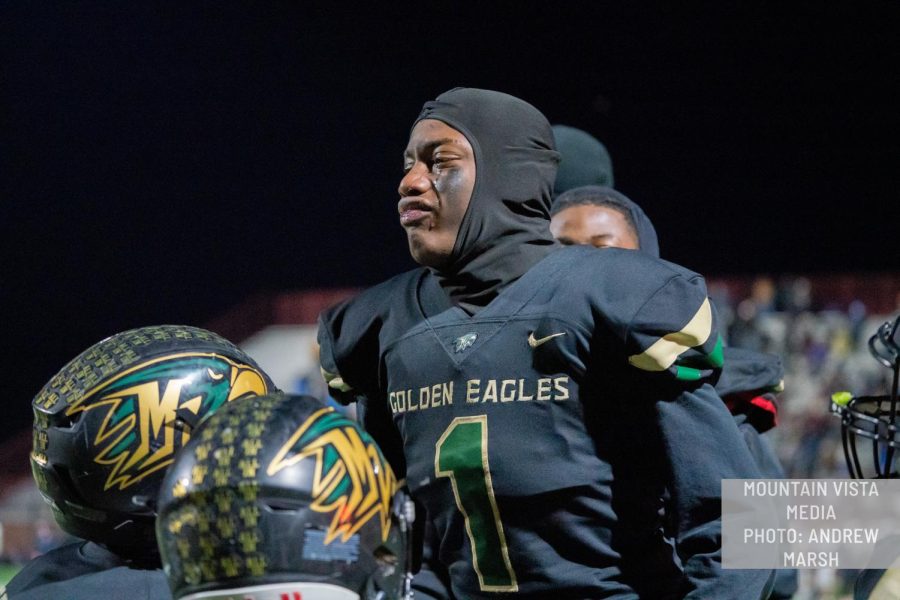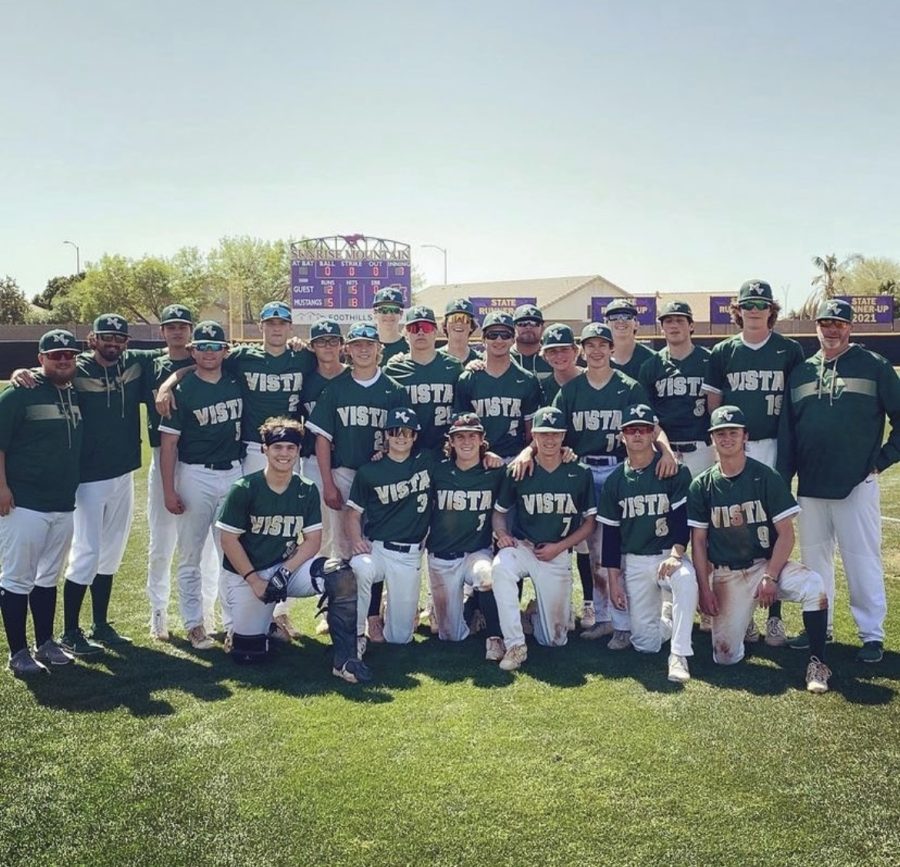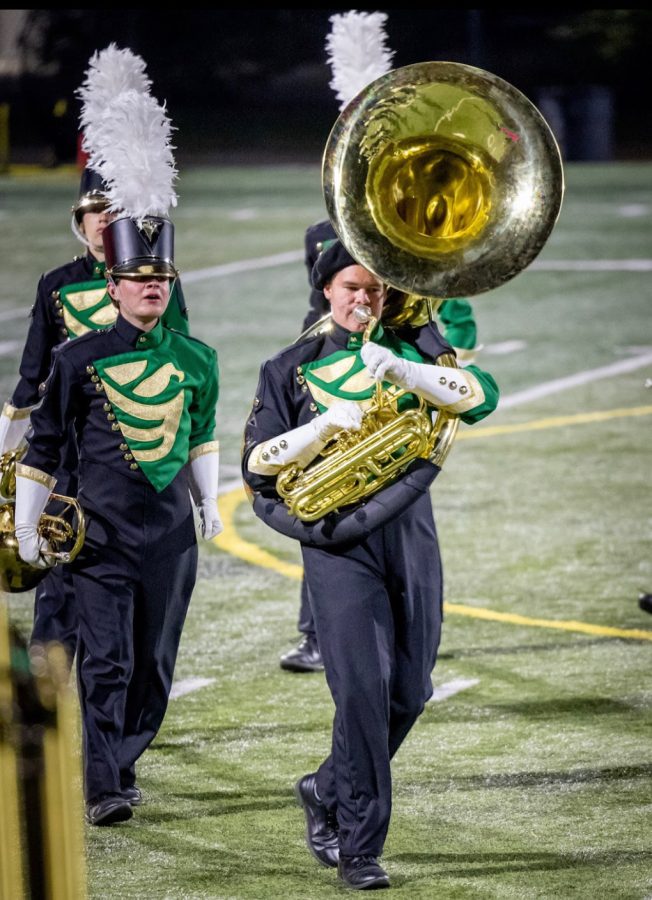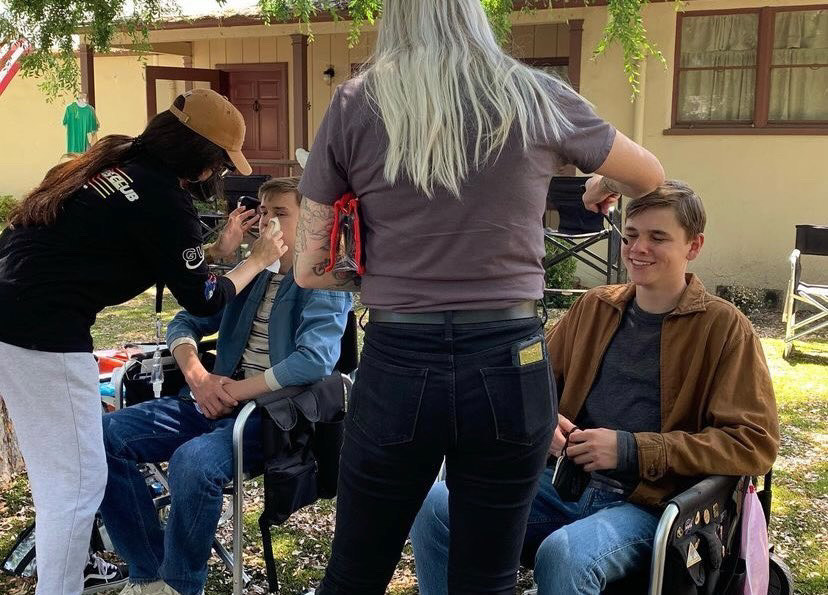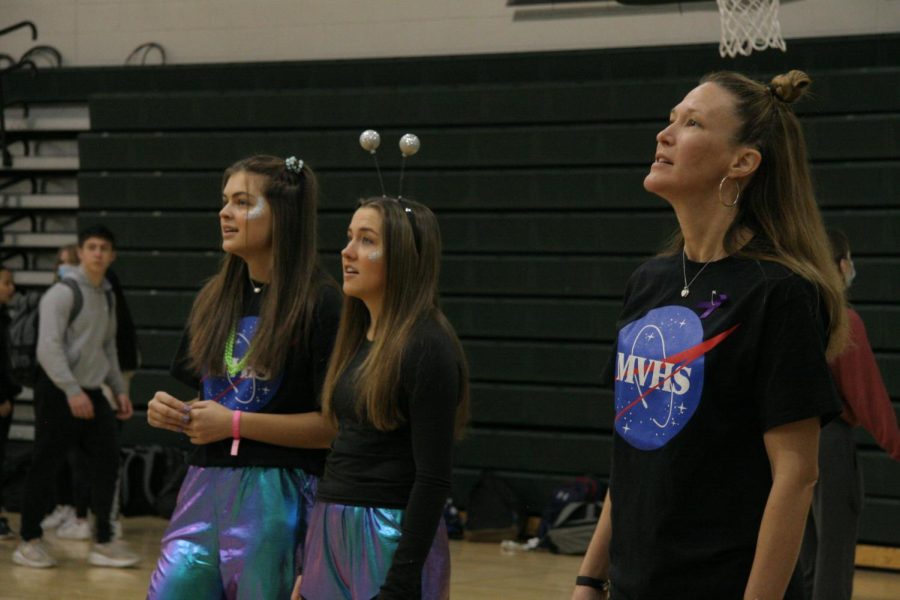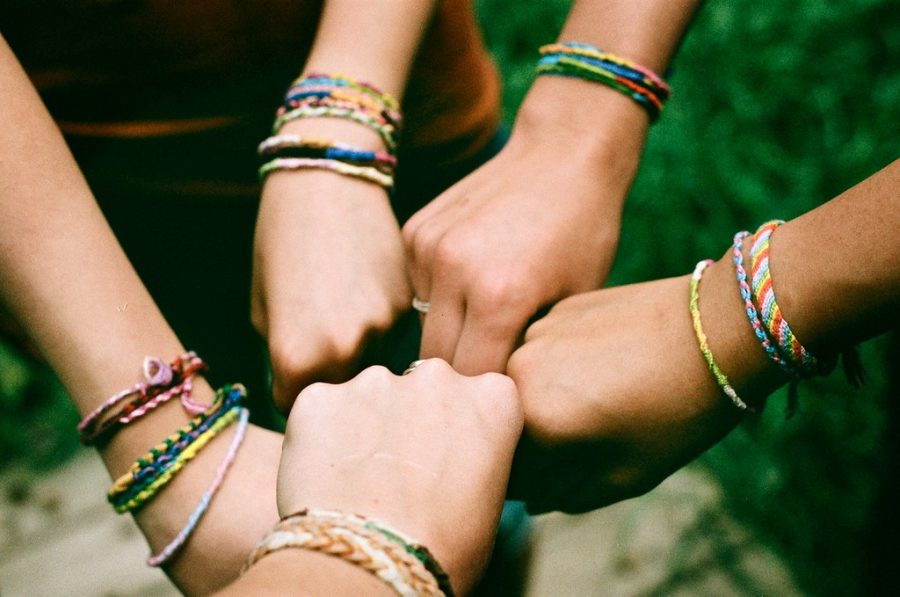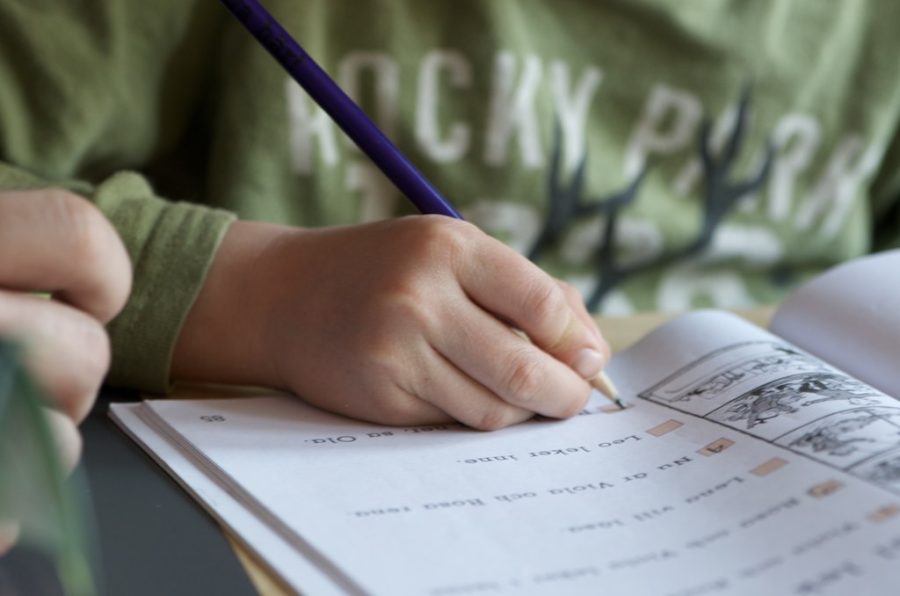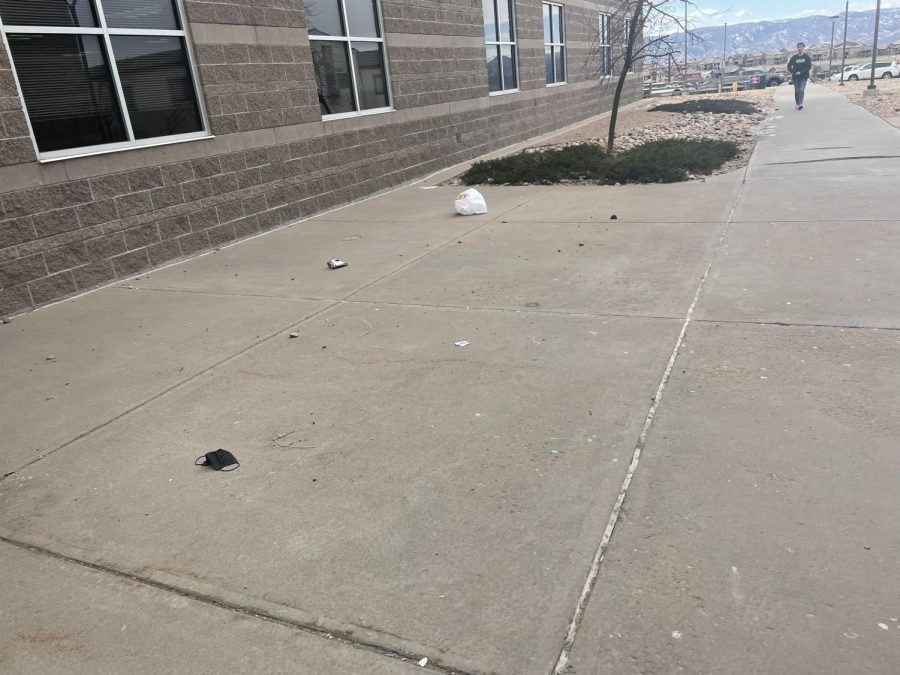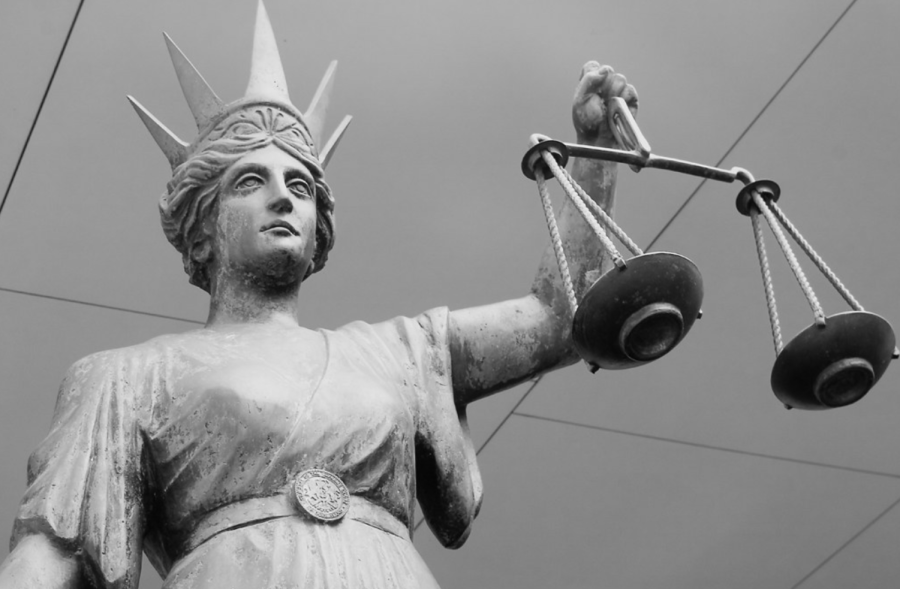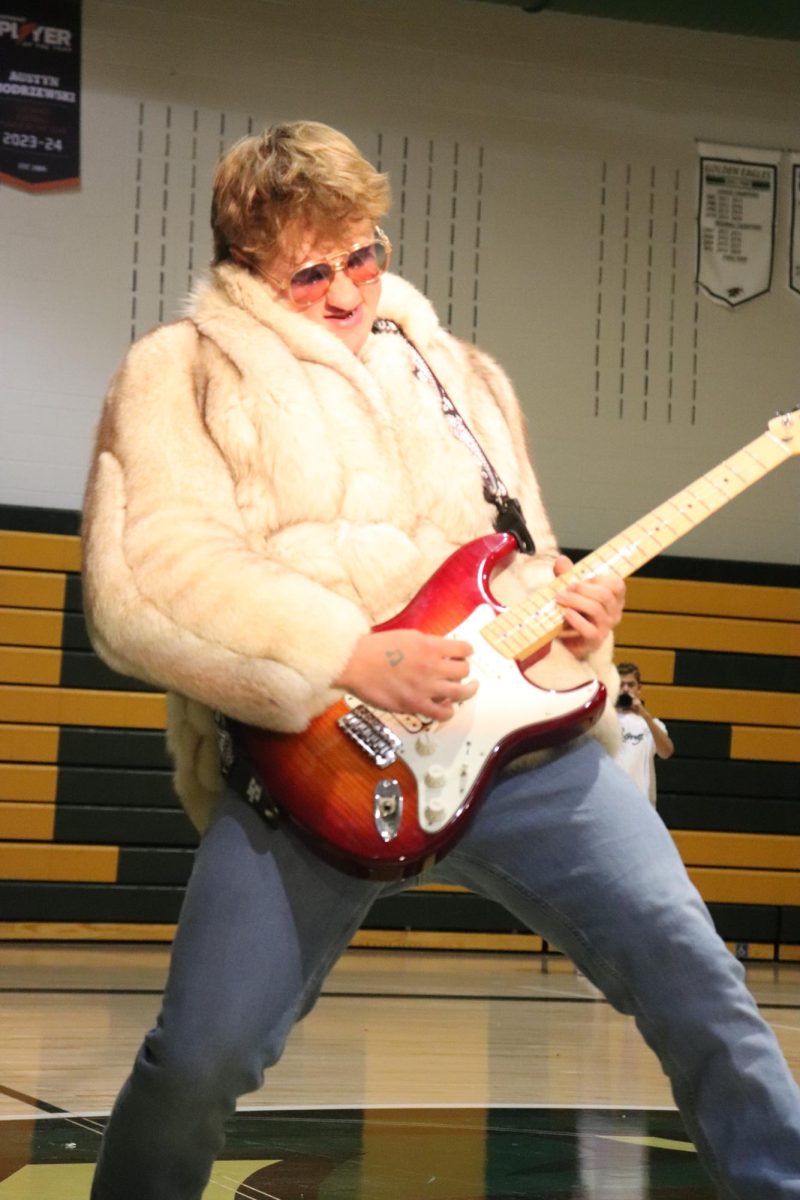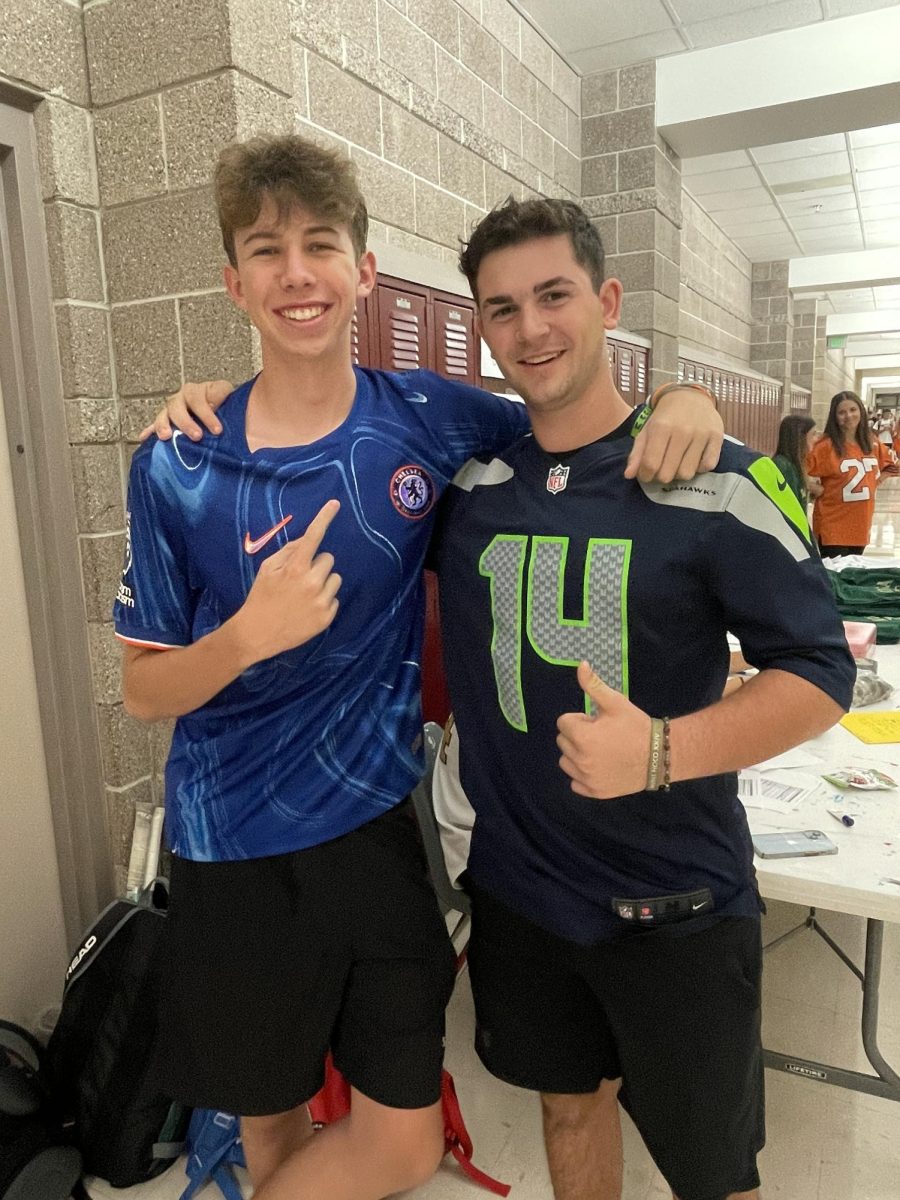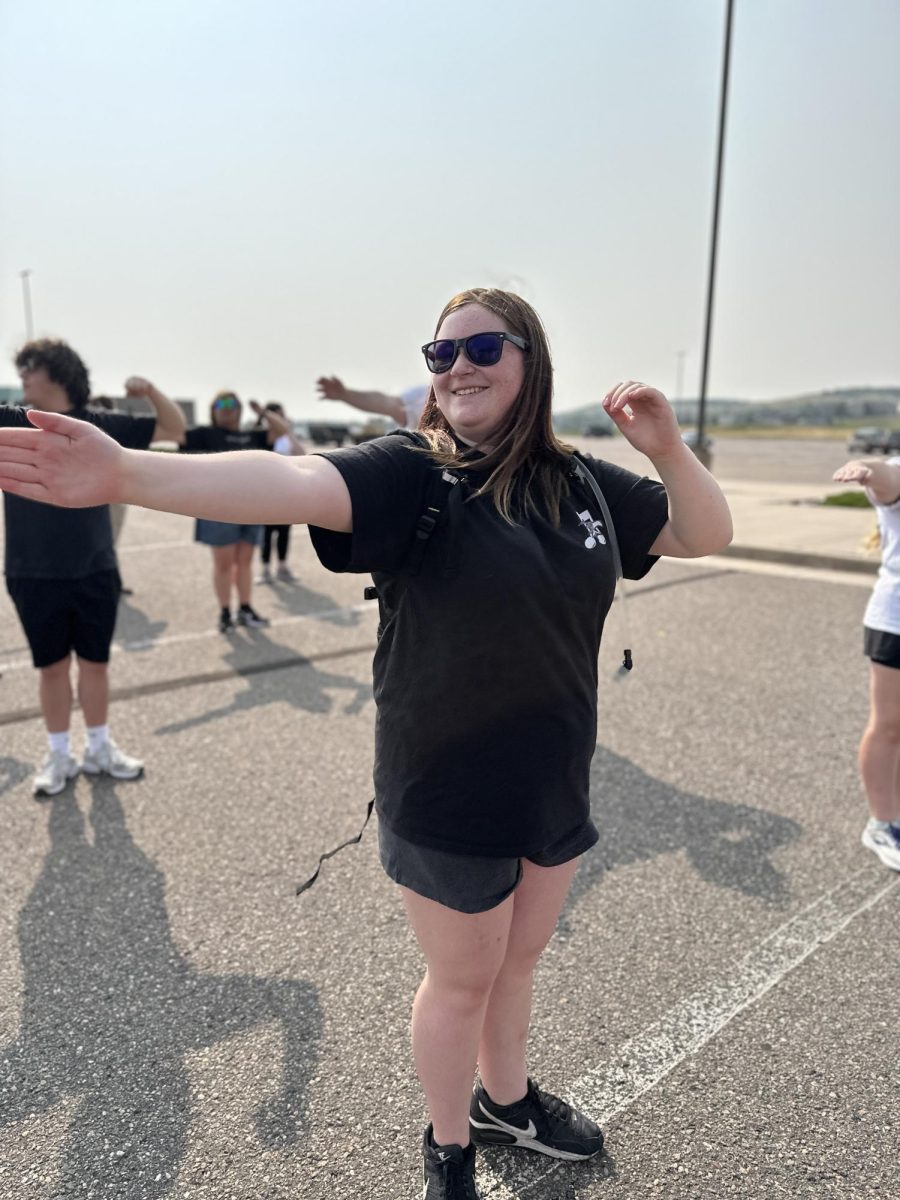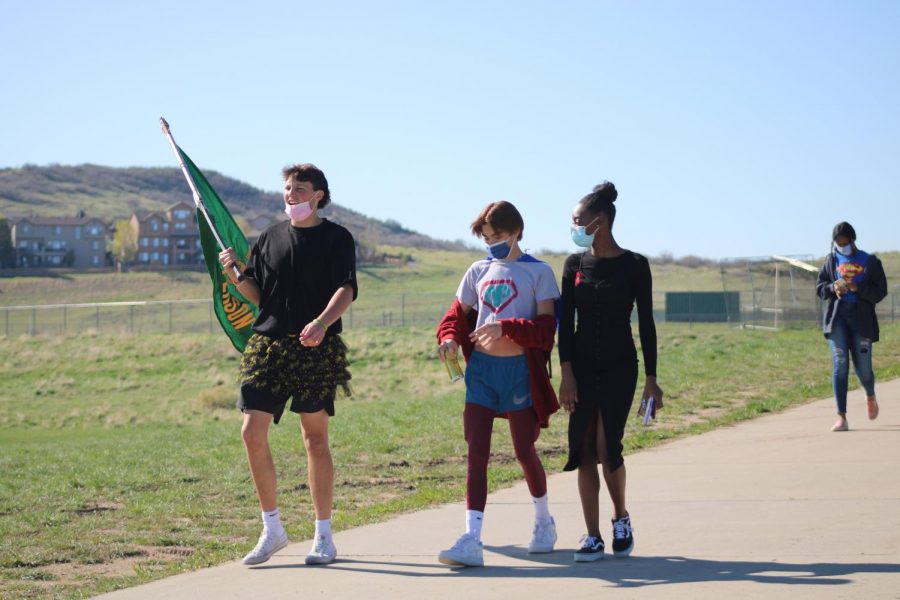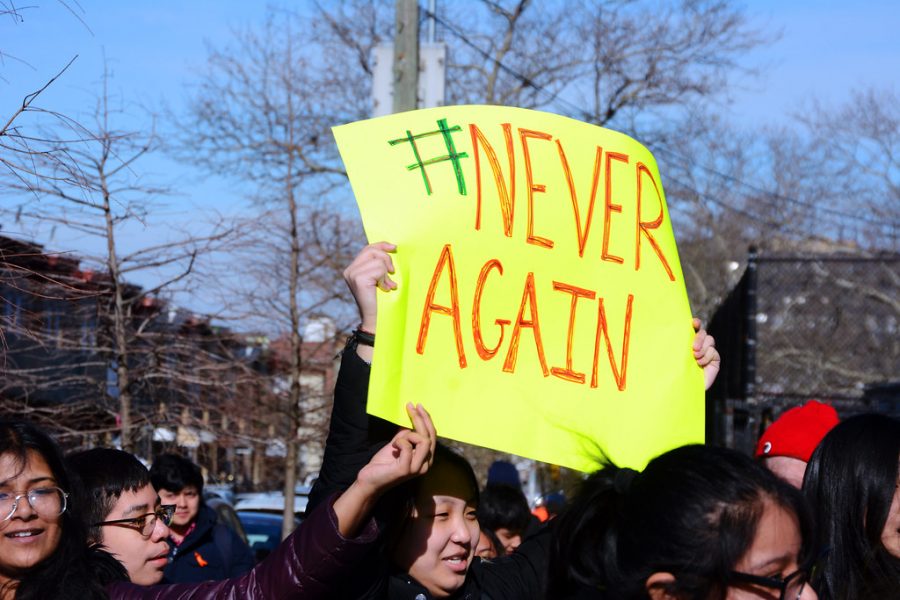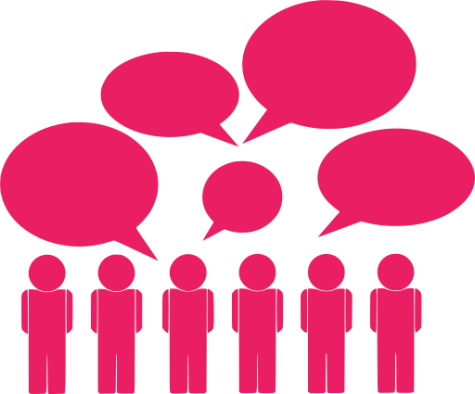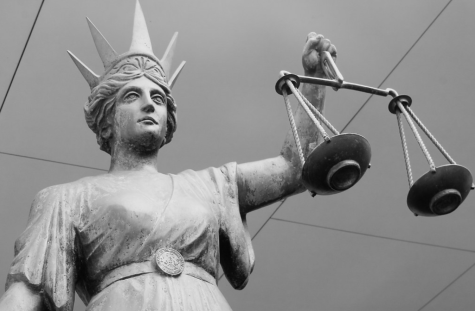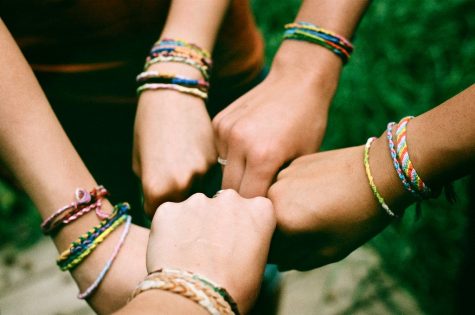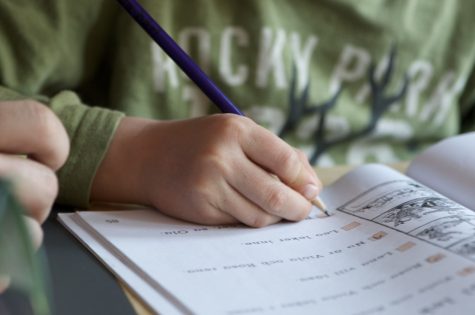Gun Violence: Has The Problem Gotten Worse?
//Hannah Jenkins//
On May 7, 2019, Devon Erickson and another individual entered STEM high school with two handguns. Eight injured, one killed. On Aug. 3, 2019, Patrick Crusius entered a Walmart in El Paso, TX, with an assault rifle. 24 injured, 22 killed. On Aug. 4, 2019, Connor Betts went to downtown Dayton, OH, with a AR-15-style pistol. 27 injured, 9 dead. Another day, another name, another gun. In 2019, there have been 283 mass shootings in the United States. How can America allow another?
Four people. That’s how many people need to be injured or killed by a firearm in order for an incident to be considered a mass shooting . One may think that four people injured or killed is not significant enough to be considered a mass shooting, yet mass shootings are known to leave far more of an impact than numbers could ever describe.
So, what exactly is the problem? Mass shootings have been blamed on multiple things throughout the years, but what is the common factor?
Mental illness, particularly untreated mental illness, is believed to be a common factor in mass shootings. Depression, bipolar disorder and schizophrenia are common mental illnesses found in shooters. Typically, the shooter’s mental illness was left untreated. According to the National Survey on Drug Use and Health, 20% of adults in the U.S. suffer from a mental illness. The survey then goes on to say that and estimate of 49.5% of adolescents (13 to 18 years old) suffer from a mental illness. Aproximatly 35% of adults with depression are untreated while 60.1% of adolescents are untreated.
Is it fair to assume that all of these people are potential shooters? “99% of people who are mentally ill don’t become violent and do not intend on hurting people. They are more likely to hurt themselves than to come to school and do something,” school counselor Michael Monnet said.
Another factor in some shootings is some form of abuse or trauma combined with mental illness. Bullying seems to be a common in school shootings. Around 20% of students in grades 9-12 have been bullied, around nine percent of students in 6th-12th grade have been cyberbullied. It is important to note that bullying can result in depression and anxiety and an increase in sadness or loneliness.
Take, for example, the STEM shooters, who targeted people who supposedly bullied them with gendered taunts. In interviews with police, one of the STEM shooters said, “He wanted the kids at the school to experience bad things, have to suffer from trauma like he has had in his life.” However, facing some sort of trauma, along with having a mental illness, does not determine if a person will become a shooter.
According to the 2nd Amendment in the U.S. Constitution: “A well regulated Militia, being necessary to the security of a free State, the right of the people to keep and bear Arms, shall not be infringed.”
Though it is a person’s right to carry, many people believe that guns are to blame for mass shootings: “[I believe that mass shootings] are a gun problem because that’s the way that [mass shootings] are going, [shooters] are either getting guns illegally or they are stealing them,” librarian assistant Susan Houser said.
The Dayton Shooter received guns parts from a friend who purchased them illegally. The STEM shooters stole their guns from one of their parents. Having said that, the guns are not always stolen, sometimes they are obtained legally. The El Paso shooter obtained his gun legally from Romania. In 2017, 39,773 people died in the U.S. from gun related injuries. Many people argue that it is the person that is doing the killing, not the gun.“Mental illness and hatred pull the trigger, not the gun,” President Trump said after the El Paso and Dayton shootings. A gun cannot kill a person if nobody fires it. This begs the question: is it too easy for people who want to hurt others to get guns?
In the U.S a person has to be at least 21 years old to purchase a firearm. Some states require a license to purchase a gun; however, in some states like Idaho, a person can purchase a gun without a permit . Only seven states have banned assault weapons from being purchased by regular citizens. Federal law only requires licensed dealers to perform background checks, whereas private sellers do not have to. “We’ve created a system in which dangerous people are allowed to play by a different set of rules. That doesn’t make sense,” former President Barack Obama said.
Before one can solve mass shootings, one has to recognize that mass shootings are complex and cannot be blamed on one factor, such as mental illness or guns. This means that there can’t be only one solution-there has to be multiple steps taken to prevent shootings.
1. The first step is awareness. Be aware of people when they make threats. This includes threats made online. The El Paso shooter posted a manifesto called “The Unconventional Truth” on 8chan, a social media platform, before the shooting. The post was extremely racist towards hispanic people and also praised the Christchurch Mosque shootings. Prior to the Pittsburgh Synagogue shooting (Tree of Life Shooting), the shooter posted a threat to Gab: “HIAS (Hebrew Immigrant Aid Society) likes to bring invaders in that kill our people. I can’t sit by and watch my people get slaughtered. Screw your optics, I’m going in.”
Both of these posts went beyond hating a group of people to wanting to hurt them. “I am directing the Department of Justice to work in partnership with local state and federal agencies, as well as social media companies, to develop tools that can detect mass shooters before they strike,” President Trump said in a speech following the El Paso and Dayton shootings.
There is a difference between hating and wanting to harm, and America needs to recognize this. Threats made in real life also need to be taken seriously. Reported threats can save lives. “Several years ago two girls wanted to shoot up Vista. One of their friends heard about it, and she reported it, and it didn’t go anywhere,” Monnet said. If that student didn’t report the two girls, a school shooting would have occurred at Mountain Vista High School.
Be aware of signs of mental illness. If a person is showing signs of an untreated mental illness, push them towards getting help. Even though it may be unlikely that a mentally person would actually want to hurt someone, getting help would provide the individual with ways to cope that could ultimately benefit them, and it would eliminate the small chance of them becoming violent.
Be aware of how others treat the person. If you notice a person being bullied or mistreated, stand up for them or report the person(s) doing the bullying/mistreating. Just because a person has experienced being mistreated does not mean they are going to become shooters. However it is important for a person to be treated with respect regardless. Simple awareness can have a massive impact on the prevention of mass shootings
2. The second step is gun control. There is always going to be people who want to hurt others, might as well make it harder for them to get a weapon that can cause mass destruction. There should be a federal ban on the purchase of assault weapons. There is absolutely no reason that a normal citizen should have a weapon that could cause that much destruction. There should be better background checks- there is no reason a person with a suspicious background should be able to purchase a gun.
On Nov. 15, a 16-year-old gunman entered Saugus High School Santa Clarita, Cal. Two dead, three wounded. America can not allow another shooting.

